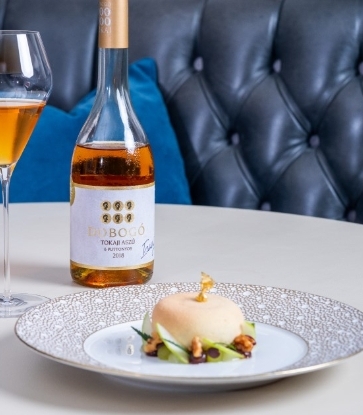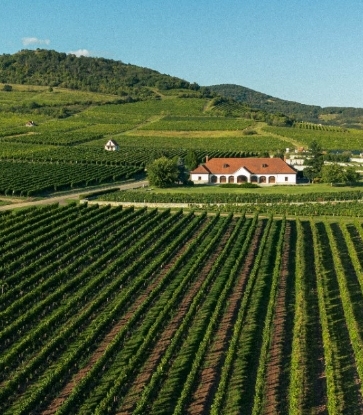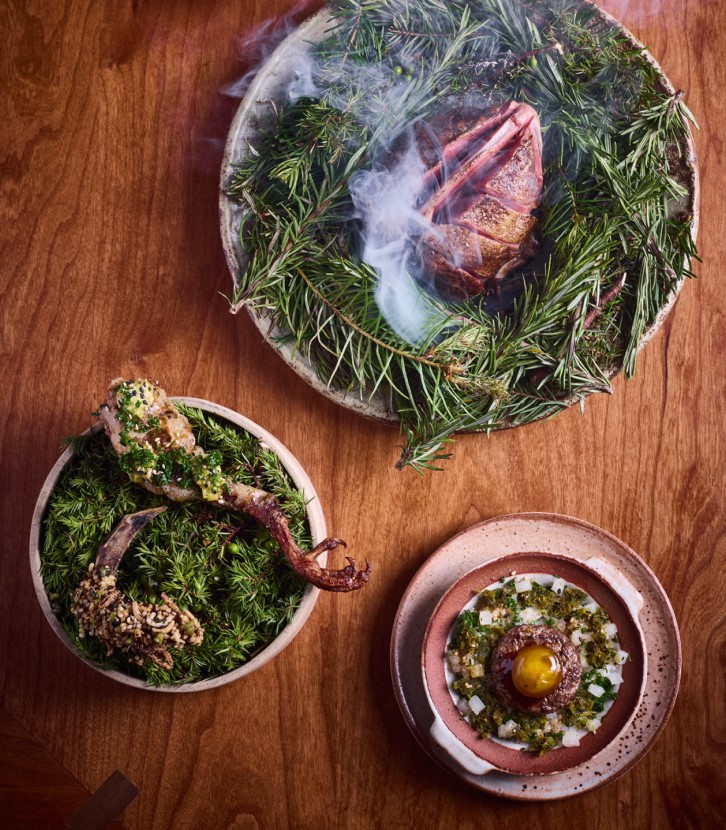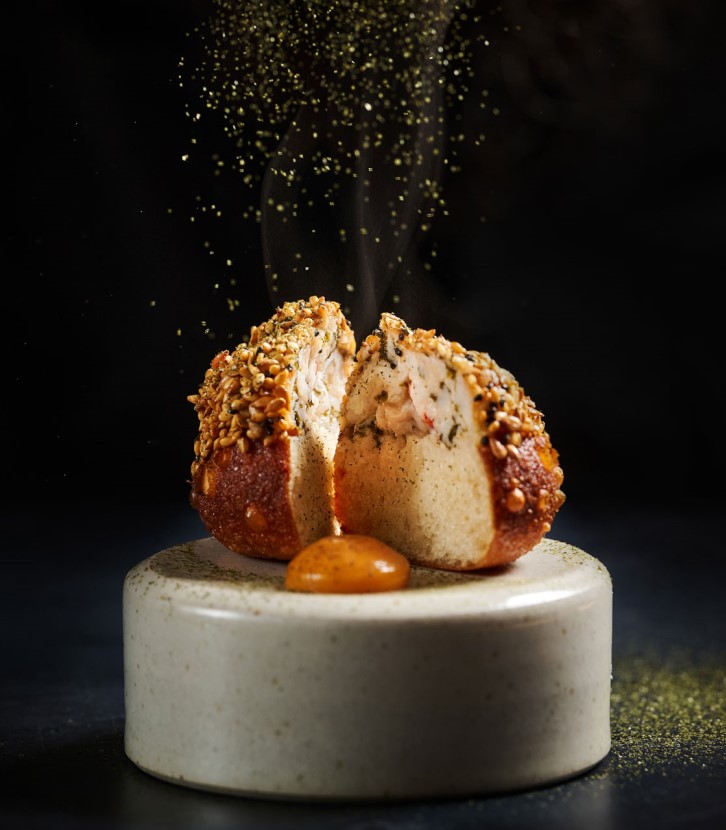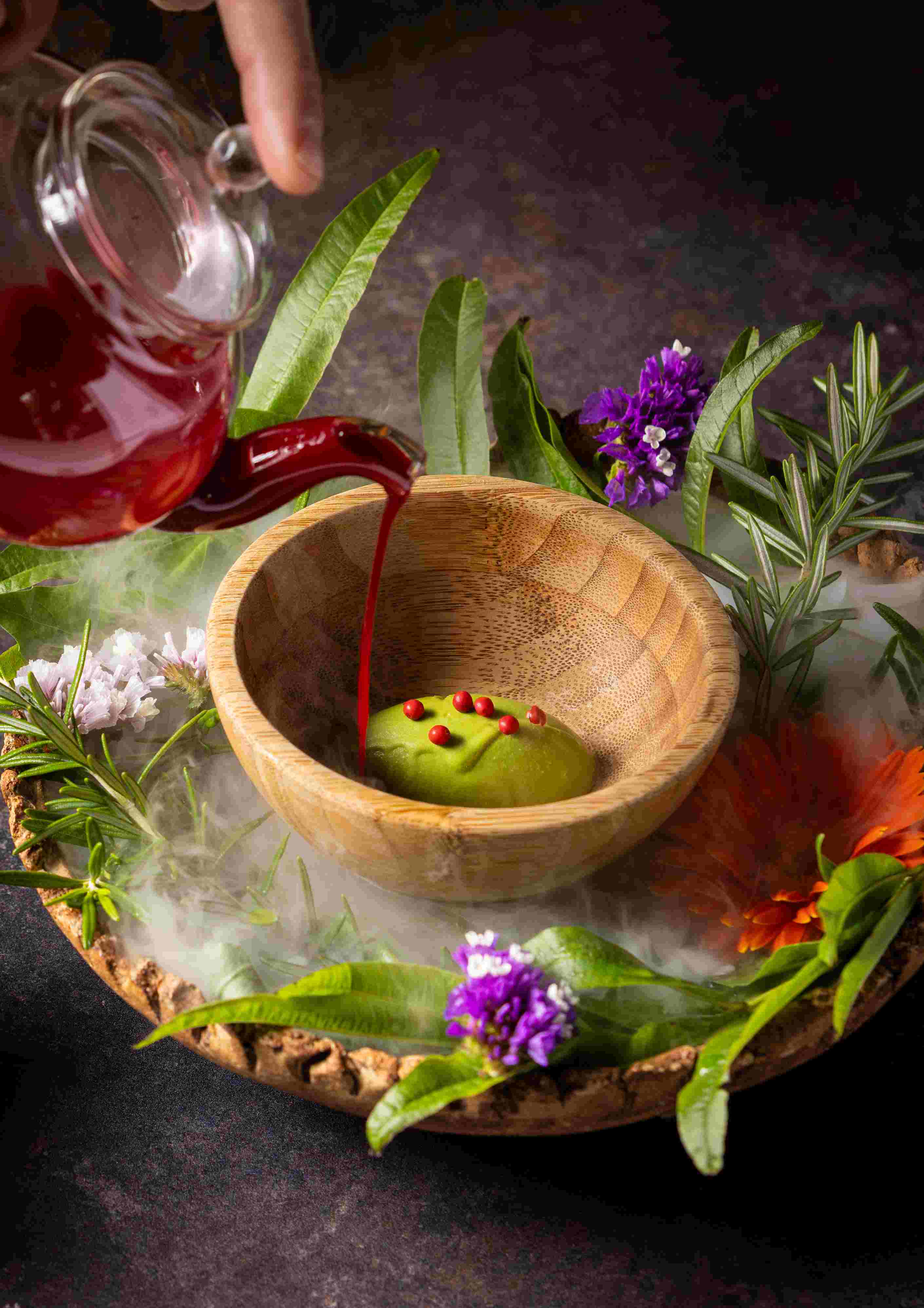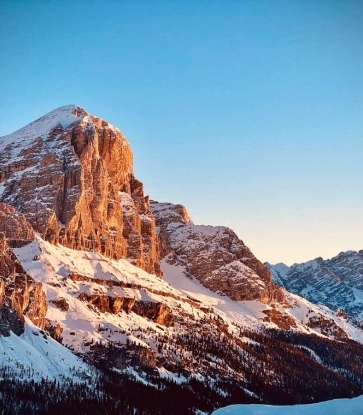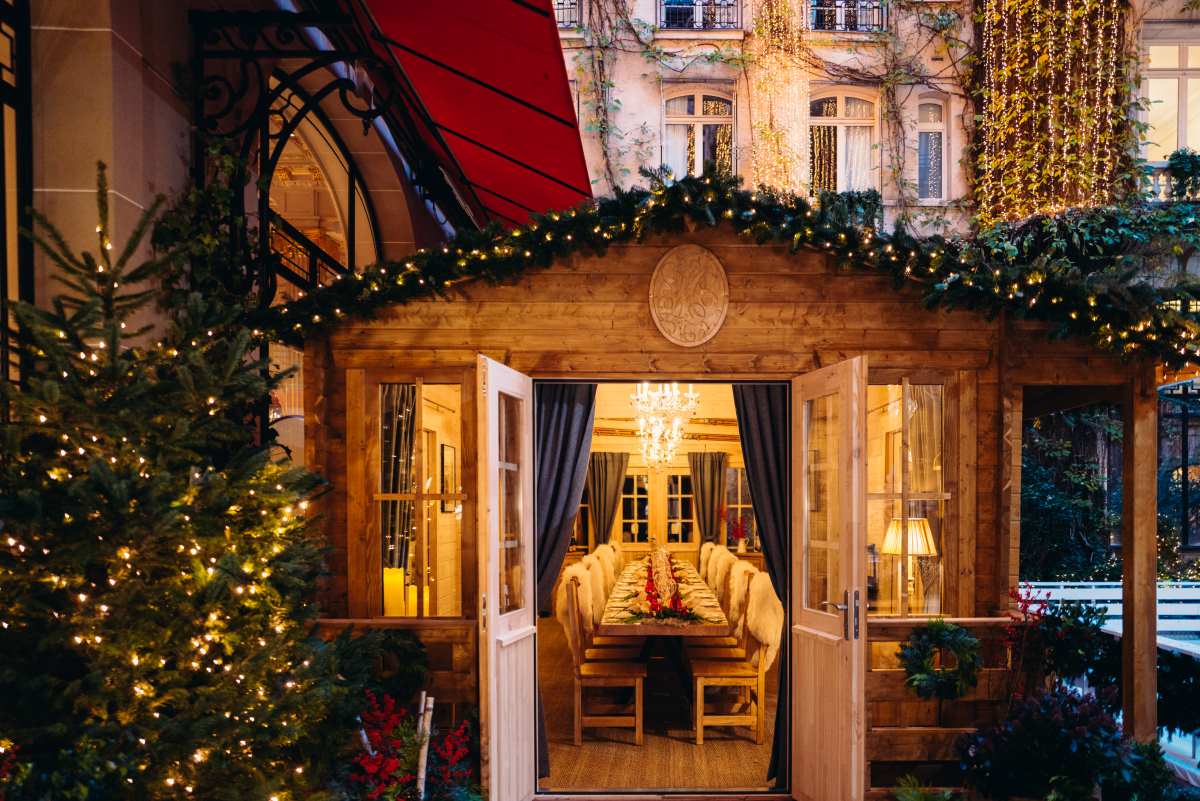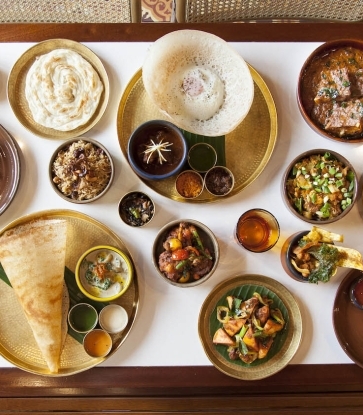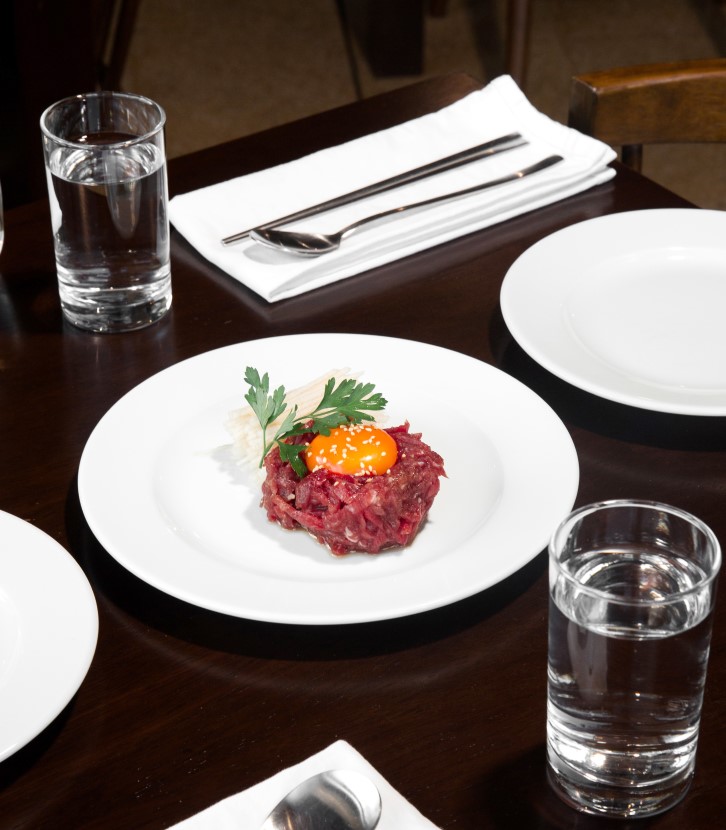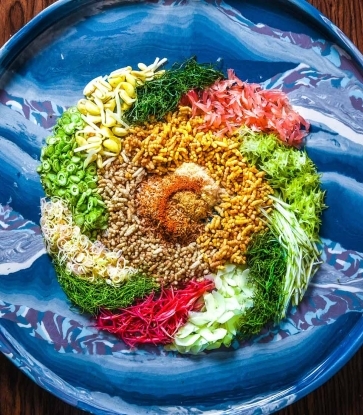Thirty years ago, an unknown vineyard in West Sussex called Nyetimber was preparing to release its first sparkling wine from the 1992 harvest. At the time, the idea that England could take on a recipe from Champagne – using chardonnay, pinot noir and pinot meunier grapes, which few believed could ripen here regularly – was considered daring, if not downright eccentric. Most of England’s output, after all, was still dwelling on the obscure, early-ripening Germanic varieties that found favour in the heady days of Liebfraumilch and Blue Nun in the 1970s – light and sometimes semi-sweet still whites that suddenly seemed rather old-fashioned as the world moved on to bolder, riper international styles.
Today, England’s offering is unrecognisable. On average around 10 million bottles are produced a year, the majority of which are sparkling wines inspired by champagne (as that first Nyetimber wine was) but rounded up with still chardonnay, pinot noir, bacchus (an aromatic, light-bodied English speciality) and rosé, which together now constitute around one quarter of production.
So how did we get here? How did a country never before associated with wine become such a popular choice? Here, we answer the key questions around English wine, so you know what to look for and where it came from.
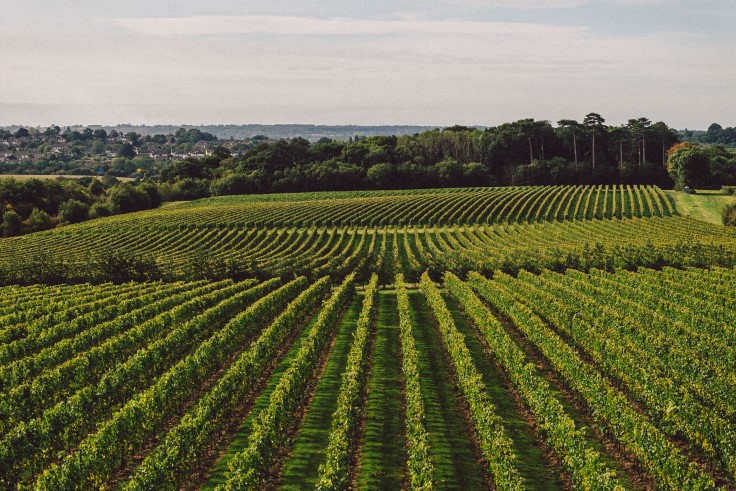
Where is English Wine Produced?
The rise of English wine is a remarkable story given that England remains one of the world’s most northerly, coldest vineyard regions (although the Danes may beg to differ). It’s the warm southern counties, then, with the largest concentration of top producers: from Cornwall to Essex, these days there’s always a vineyard nearby. Especially so, it seems, if you find yourself in Kent, East & West Sussex or Hampshire – between them they hold 64% of the vineyard area, often popping up in the parts of these counties already well-known for their apples, pears and soft fruit.Form Kent to Dorset, though, there’s also a serious amount of chalk soil on the open, sometimes windswept downlands of the North and South Downs. This is the other side of the same geological formation found in the Champagne region – a similarity many of the newer wave of English sparkling wine producers are keen to point out.
What the last 30 years of sparkling wine have shown however, is that, rather like in Champagne itself, soil is just one part of the picture – it’s the vineyards with the warmest, most reliable climates, the most talented growers and the top winemakers that win out, whether on chalk or not. These come in pockets throughout almost all the southern counties; despite the English habit of pitting counties against each other, there’s little sense that Sussex, or Kent, or Hampshire, is ‘best’.
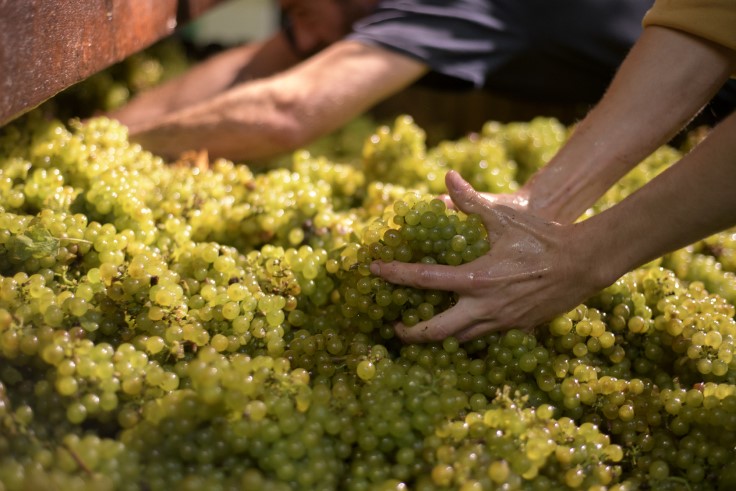
What to Look Out For: Vintages, Producers and Styles
What everyone can all agree on is the unpredictability of England’s weather, which means the wines can vary profoundly between vintages. Vineyard owners know this better than many – 2022 saw baking temperatures and grapes widely as ripe as growers in continental climates would expect (a pattern which 2025, so far, looks like repeating), whilst 2024’s incessant rainfall saw many vineyards along the South Coast fall victim both to crippling mildew attacks, which also hit France, and to a lack of ripeness. Look out for wines from 2018, 2020 and 2022, which are almost universally ripe. 2019 can be excellent, 2023 rather variable and 2021 often on the lean side.When it comes to still wines, England is arguably having its 1992 Nyetimber moment again thanks to warm, dry Essex. There’s still work to do to get the British public to embrace the idea of fine still wines coming from a county that has been (unfairly) kept off a cultural and touristic map squarely focused on the South Coast. But the buzz around these chardonnays and pinot noirs (with a few other grapes, such as pinot blanc, also popping up) is undeniable; the best wines here, such as those from Danbury Ridge, are already proving themselves on a global stage.
Don’t expect ‘big reds’ in general – much pinot noir is still understated and juicy, but the best examples are surprisingly full-bodied. Nevertheless, both whites and reds are a long way from the old school of English still wines which were at best delicate, and at worst, insipid – these are now deeply flavoured, fragrant wines with refined oaky complexity, often bright with fresh English acidity.
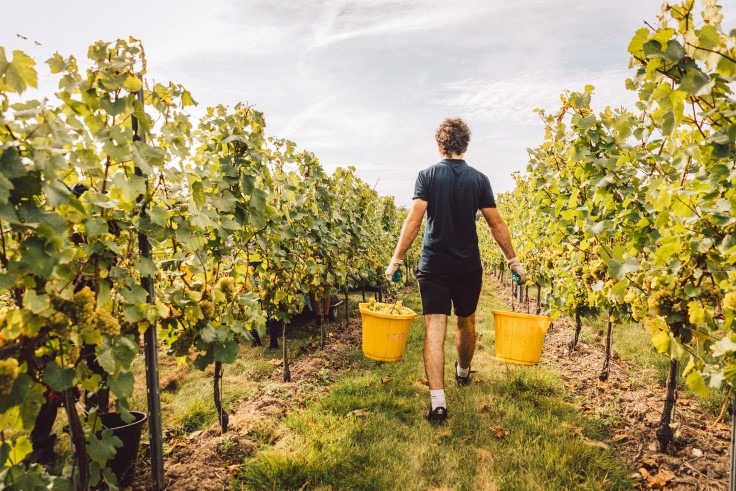
Despite the current buzz around still wines, it’s the sparkling wines that will be most people’s first point of contact. The likes of Gusbourne, Nyetimber, Chapel Down, Ridgeview, Balfour and Wiston Estate are all widely established in terms of availability and quality, with a sizeable band of slightly newer producers such as Roebuck Estates, Langham, Hundred Hills, Digby and now the first wines from Champagne Taittinger’s investment in Kent, Domaine Evremond, keeping competition hot.
Smaller, characterful grower-producers such as Sugrue South Downs, Harrow & Hope and Black Chalk – many of whom also have friendly ‘cellar door’ operations where you can taste and learn about the wines – are also proving that success isn’t only for the big names.
The style of English sparkling wine tends to be inspired by champagne. Fans of pure, refreshing profiles might look for all-chardonnay blanc de blancs, whereas blanc de noirs, using only the black grapes pinot noir and pinot meunier, can be more rounded and generous (yet still lighter than many champagne examples). Most producers, though, produce a balanced blend of all three grapes as a main entry-level wine, which might be single-vintage or, amongst the larger producers such as Nyetimber, a blend of multiple vintages (non-vintage, or NV). Rosé comes in all shades, tending towards lightness and delicacy rather than the deeper, fruitier styles sometimes found in champagnes.
Want to learn more? Check out Robert Parker Wine Advocate’s in-depth report on the latest English wines.
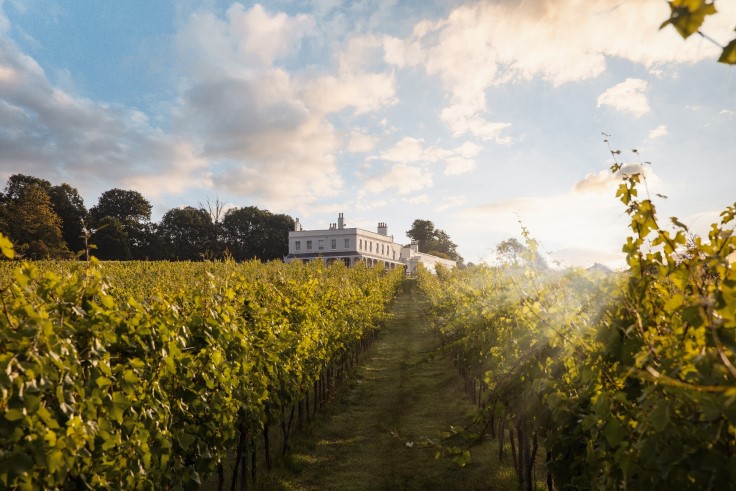
Where to Drink English Wines
It’s often said that English wines are expensive; keeping prices keen remains a challenge in the UK, although producers have worked hard to stay competitive, with a recent report from Wine Lister showing that the prices of 15 leading English sparkling wines had risen 12% less than comparable champagnes since 2021. There’s not a huge amount of price variation, either, with many of the best producers only commanding small premiums (if any at all).It’s easier to find the wines than ever before too. MICHELIN Guide restaurants in the winelands themselves include Swan Wine Kitchen at Chapel Down and Chalk at the excellent West Sussex producer Wiston Estate. In Camber, Harry’s at The Gallivant has a fabulous list of various English wines for you to try. For MICHELIN-Star dining, head to Interlude at Leonardslee Lakes & Gardens or Michael Caines’ Lympstone Manor, both of which have their own vines.
For more recommendations of where to drink English wines, explore our list of MICHELIN Guide restaurants in vineyards.
Related Articles:
Hero Image: Sparkling rosé from the Wiston Estate, a great introduction to English wine. © Wiston Estate



